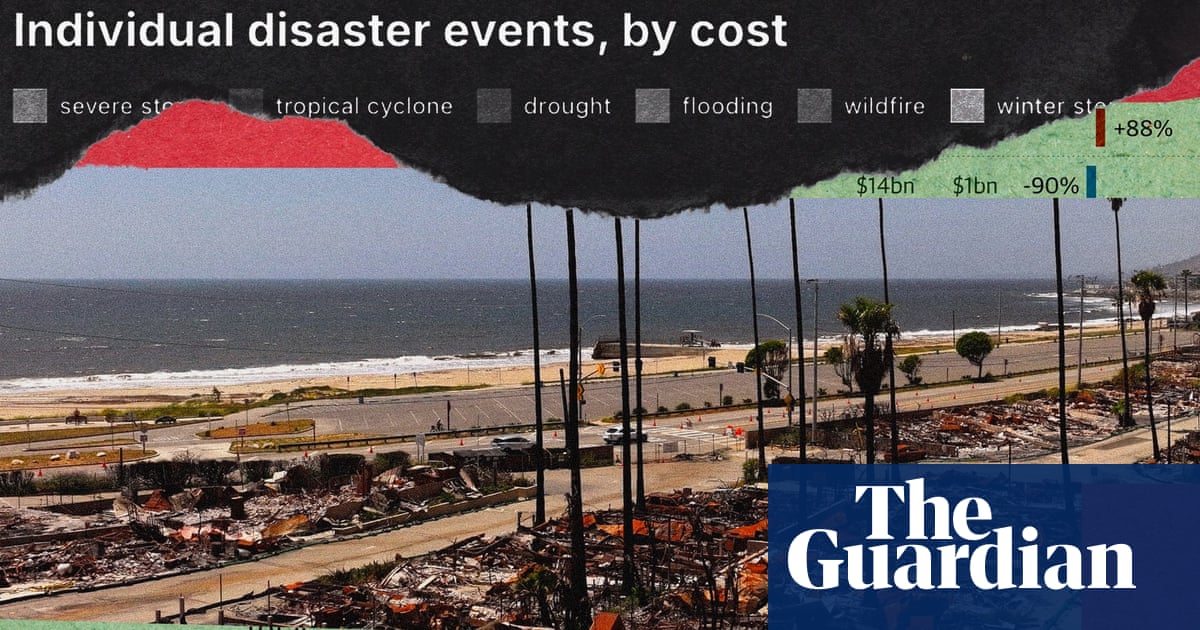The accelerating rise in carbon dioxide (CO2) emissions caused by human activity is pushing the planet toward a potential mass extinction, as highlighted in an eye-opening Guardian article published on August 19, 2025. The research features insights from MIT mathematician Daniel Rothman, who delves deep into the Earth’s history, explaining how rapid CO2 increases have triggered mass extinctions in the past, such as the catastrophic Siberian Traps eruptions 252 million years ago. What’s alarming is that we are now replicating these historical events at a pace far faster than Earth has ever experienced, potentially leading to devastating consequences for ecosystems worldwide. If this trend continues unchecked, the implications for life on Earth could be dire.
The Carbon Cycle and Earth’s Tipping Point
Earth’s carbon cycle is an intricate system, maintaining a delicate balance between the atmosphere, oceans, land, and the biosphere. Carbon dioxide (CO2) is naturally emitted by volcanic eruptions and absorbed by the oceans and terrestrial plants. Over millions of years, the carbon cycle has kept Earth’s climate within a range that supports life. However, Rothman explains that when CO2 levels are rapidly and excessively introduced into this system, it has the potential to overwhelm Earth’s natural regulatory mechanisms.
Throughout Earth’s history, most major mass extinctions have been triggered by disruptions to this carbon cycle. Rothman notes that such events are not caused by the slow, consistent emissions from volcanoes, but by sudden, intense bursts of CO2 that force the system into chaos. This rapid change in carbon concentration, as seen in the end-Permian mass extinction, leads to a runaway effect that shifts the climate, oceans, and atmospheric composition beyond the threshold that life can tolerate. This could result in a deadly, uncontrolled feedback loop that accelerates global warming, ocean acidification, and the collapse of ecosystems, causing a mass extinction event.
The Industrial Revolution’s Role in Accelerating CO2 Emissions
While volcanic eruptions have naturally released vast quantities of CO2 into the atmosphere over geological time periods, Rothman emphasizes that the current situation is unique. Human activity, particularly since the Industrial Revolution, has introduced carbon into the atmosphere at a rate never before seen in Earth’s history. The extraction and combustion of fossil fuels, deforestation, and other industrial processes are accelerating the buildup of CO2, causing levels to rise far faster than the planet’s natural carbon cycle can respond.
The current rate of CO2 emissions is about ten times faster than the slow, cataclysmic eruptions of the Siberian Traps. Rothman warns that this extreme flux of CO2, although not yet at the catastrophic levels of past mass extinctions, has already begun to disrupt the climate and ecosystems. According to the Nature study cited by Rothman, if human activities continue at their current pace, we could be on the brink of causing the sixth major mass extinction within a matter of centuries. Unlike the gradual nature of volcanic events, the human-driven rate of CO2 injection could push the planet into a feedback loop, where the warming itself triggers more carbon release, leading to an irreversible spiral.


The End-Permian Catastrophe: A Cautionary Tale
One of the most instructive examples of how CO2 overload can lead to a mass extinction is the Permian-Triassic extinction event, roughly 252 million years ago. This event is considered the worst mass extinction in Earth’s history, wiping out 96% of marine species and 70% of terrestrial species. Rothman highlights that this extinction was caused by an immense volcanic eruption in what is now Siberia, known as the Siberian Traps. Over several hundred thousand years, the volcanoes released vast amounts of CO2 into the atmosphere, triggering a cascade of environmental changes, including global warming, ocean acidification, and the collapse of ecosystems.
What sets the Permian extinction apart from other volcanic events is the sheer scale and intensity of the CO2 release. Initially, the eruptions released relatively manageable amounts of CO2, but as the magma began to burn through carbon-rich fossil fuels buried deep within the Earth, the eruption’s intensity skyrocketed. The planet’s carbon cycle was pushed far beyond its capacity to buffer the excess CO2, resulting in catastrophic warming, ocean acidification, and the breakdown of life-supporting systems.
The Modern-Day CO2 Surge: A Risk of Unprecedented Scale
Drawing parallels to the end-Permian event, Rothman argues that humanity is now causing a similar but unprecedented situation with its CO2 emissions. While humans cannot replicate the sheer volume of carbon released by the Siberian Traps, the speed at which we are injecting CO2 into the atmosphere is creating a comparable threat. Our emissions are accumulating rapidly, and the planet’s natural systems cannot adjust to such a swift shift in carbon concentration.
Scientists like Anthony Barnosky, referenced by Rothman, predict that if current emission trends continue, we could trigger a mass extinction event that rivals the Permian catastrophe within a few centuries. The rate at which humans are releasing CO2, coupled with deforestation and the degradation of natural carbon sinks, threatens to destabilize ecosystems and send the planet into a tailspin of irreversible climate change.
The Path Forward: Can We Avoid Catastrophe?
The path to preventing the sixth mass extinction is clear: humanity must drastically reduce CO2 emissions and shift towards sustainable practices that protect the planet’s natural carbon sinks. This includes transitioning to renewable energy sources, reducing deforestation, and implementing large-scale carbon capture initiatives. While the window of opportunity to avoid catastrophic climate change is narrowing, it is not too late for collective action to reverse the trajectory toward mass extinction.
However, Rothman’s article underscores the urgency of the situation. Unlike previous mass extinctions that occurred over geologic timescales, the current crisis is unfolding on a timescale of mere centuries. The modern industrial system, with its unprecedented ability to extract and burn fossil fuels, has put the planet at risk of triggering the kind of planetary failure that has historically taken tens of millions of years to unfold. If humanity continues on this path, the consequences could be dire.
Source link


